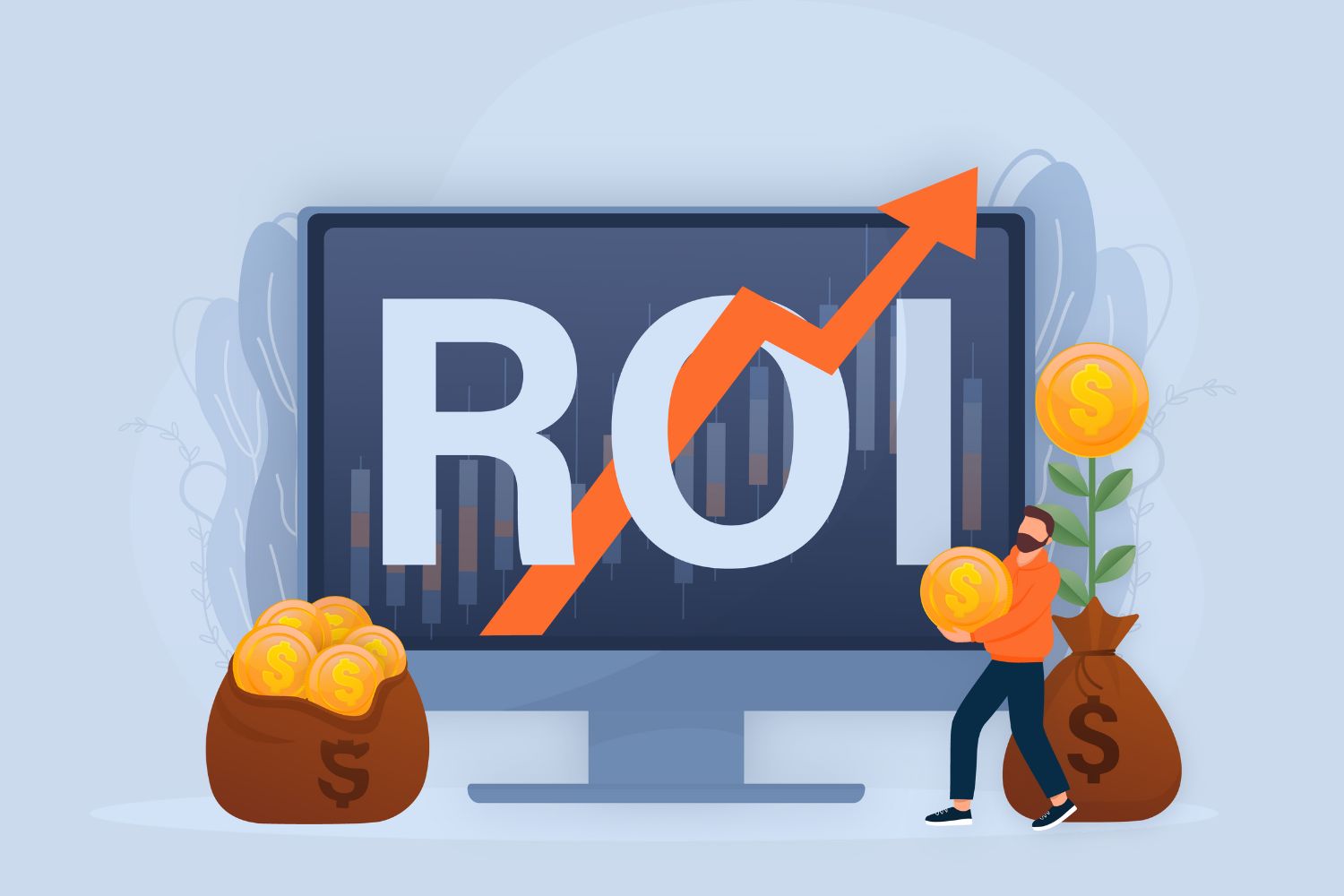
How To Maximize Returns And Navigating The Markets With Technology Platforms
When you heard about a stock and decided to buy it on the advice of someone else, did you ever wait months—or even years—to recoup your investment? According to experts, trading stocks is a game of high risk. However, they claim that one may play it wisely and make fast cash.
“The main attraction of trading is that people feel they can make quick money,” says Sandeep Nayak, executive director and chief executive officer of Centrum Broking. However, nothing comes without cost. Trading demands a great deal of self-control.
While there is an element of risk in trading, your financial situation will determine if it is a good fit for you.
A Guide to Stock Market Investing
Whether you’re a complete novice or a seasoned pro, you should find the following stock investment advice more than useful:
Find The Best Time To Enter And Leave The Market By Applying Technical analysis
The stock market’s entrance and exit points are crucial for traders. Unfortunately, huge losses or mediocre profits are possible outcomes of purchasing or selling a stock at the wrong time. To one’s relief, technical analysis offers a means by which one may determine the optimal times to buy and sell an asset.
For those seeking investing or trading possibilities, technical analysis is a useful tool for assessing assets. Included in this (MA) is the analysis of candlestick patterns, trend lines, RSIs, and moving averages. Mastering these methods will allow you to maximize your investment returns by allowing you to correctly determine the best times to enter and exit an asset. This is pretty vital if you wish to compare the Great Britain Pound vs Japanese Yen before investing.
Making Investments Dependent On Support And Resistance Levels
Using this method is just one more helpful stock investment tactic. You may find advocates and detractors for every asset on a spectrum. Where the price of an asset is unlikely to fall is known as a support level, and where it is unlikely to rise is known as a resistance level.
A transaction based on an asset’s support and resistance levels can help you maximize your investing gains. If you want to acquire an asset at a lower price, you can wait for its price to drop to its support level. Another option would be to wait for the asset’s value to hit a certain degree of resistance before selling it. You may increase your chances of making a tidy profit by following this simple piece of advice.
Investing with SIP
It is difficult to time the market accurately. Maintaining consistency is the real challenge. What if we told you you can build money over the long run without worrying about market timing or conducting extensive asset research? Without a doubt, that is correct. Using a Systematic Investment Plan (SIP) to invest in the stock market eliminates the need to worry about buying at the right time or market timing.
An asset, such as a stock or mutual fund, can be invested in a regular and predetermined quantity during the life of a systematic investment plan (SIP). One advantage of investing in the stock market over the long haul is rupee cost averaging, which helps you maximize your returns by lowering your total investment cost.
Read : HRMS GLOBEX: A COMPREHENSIVE HR SOLUTION FOR BUSINESSES
Spreading Out Your Assets
When it comes to the stock market, this is one of the most crucial pieces of advice. The golden rule of stock investing is to spread your bets. Diversification refers to spreading investment money among several stocks or assets, spanning different industries and market caps. If your portfolio is well-diversified, you may maximize your earnings by reducing the likelihood that market negativity will wipe out your gains.
Think about how the current difficulties in the Indian IT industry are dragging down the value of IT stocks. Your portfolio’s worth would have taken a significant hit today if all you had done was invest in IT businesses. But if you had diversified your assets by also investing in the fast-moving consumer goods (FMCG) and oil and gas (OG) industries, along with the IT sector, the gains from the other two would have more than compensated for the losses from the IT sector. The losses would have had minimal impact on your holdings.
Make a Protected Call.
Calls that are covered are a bit trickier. Even if you’re unsure you can handle this part of the approach, purchasing a company and riding out its rising dividend is still a great way to make money.
Before selling the covered call, two major choices must be made:
- What is the strike price?
- We would like to know how many months from now we would like our contract to end.
Price at Strike
If the stock price reaches or exceeds the strike price, the holder of a covered call options contract has the right to buy 100 shares. The ideal strike price would be somewhere between high enough to prevent the stock from going over the price you’ve chosen to protect your shares and low enough to allow you to earn a respectable premium for the risk you’re willing to take. After all, you never know when you could change your mind about wanting your shares taken away.
This is a challenging choice. You can likely profit by selling options with strikes that aren’t much higher than your stock’s current price if it’s in a downturn. As a precaution, you should hold off on selling the call when you think the company’s upswing is over and the stock is about to fall. Whenever the value of the stock goes up, your option’s value goes down. The covered call’s hedging effect is amplified in this case as well.
Date of Expiration
You will receive a higher premium to sell the call when you extend the term of your option, but your stock has a longer time to remain below the strike price before it may be “called away” from you. Consider using a three-month window for your initial contract.
When you sell a covered call, the buyer’s premium goes straight into your account, so you start making money immediately. No matter what happens to the value of your stock, it will keep making money for you. Premiums decrease in proportion to price drops. If the premium drops, you can buy back the contract from the buyer at any moment for less than you sold it for.
Profit is the result. However, you may avoid selling your 100 shares but lose if the stock price exceeds the strike price; buying the contract will save you from selling them.
Although you may repurchase the option if its value increases or decreases, you should only do so in extreme cases; one of the finest uses of the covered call is for premium collection upfront. Be sure to deduct the amount you received from the sale of your covered call from the initial investment in the stock.
A virtual platform, free from the risk of actual money loss, is the ideal place to master a complex investment technique, such as the covered call. You can still buy the stock and get the dividends, but you should only sell the covered call once you understand it.
In the end!
So, that’s all there is to it. You might adopt one of four methods to maximize your gains from stock investments. You must establish a Demat and a trading account before making any investments. Regarding trading and Demat accounts, consider talking to a trading specialist.





